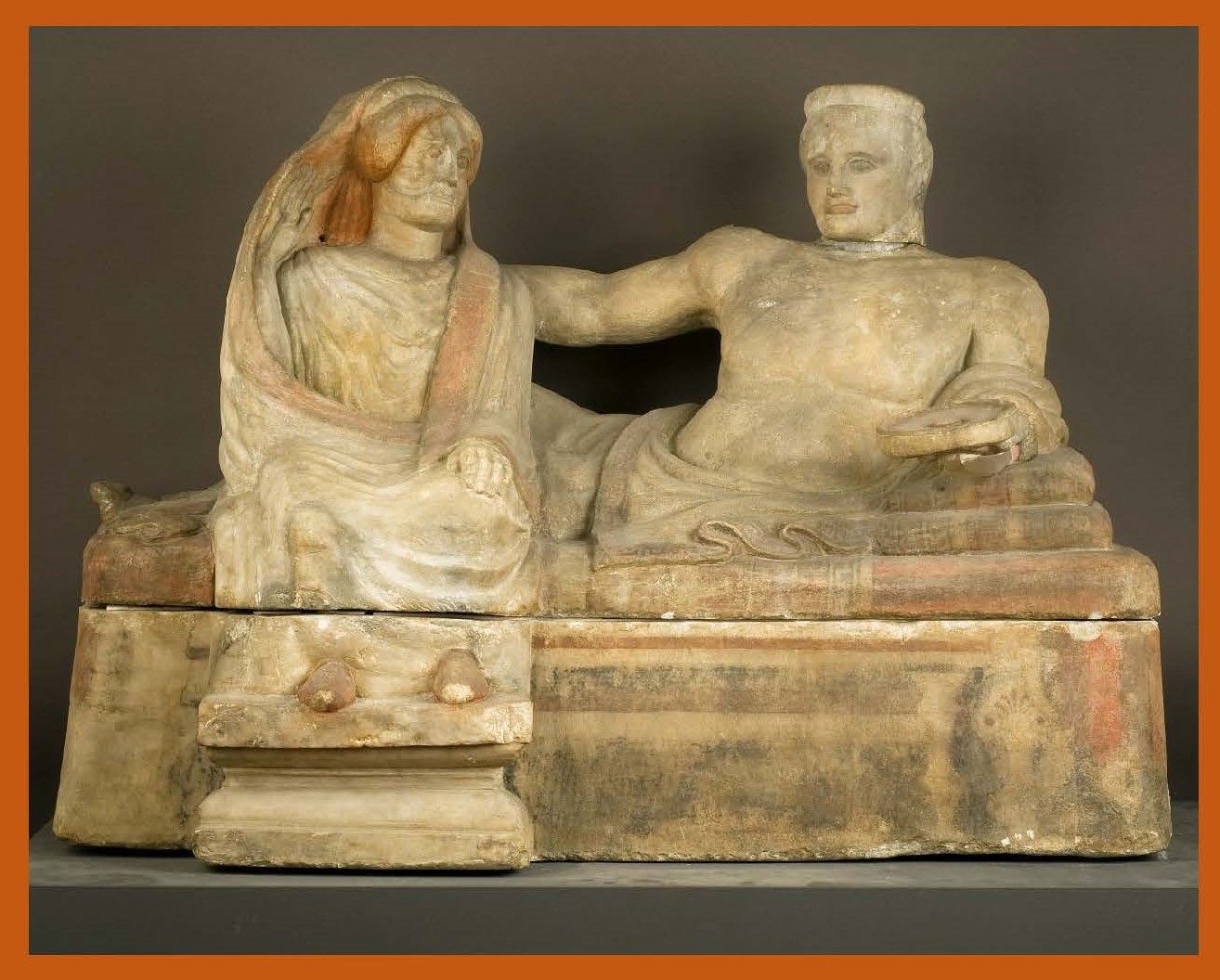Feste feiern im Haus, auf dem Land und in der Stadt: Ritualplätze und soziale Strategien im archaischen Sizilien
DOI:
https://doi.org/10.25365/wbagon-2022-4-12Keywords:
Iron Age and Archaic Sicily, Indigenous Communities, Family Groups, Burial Customs, Ritual Place, UrbanizationAbstract
The article is based on a completed PhD research on the architecture and ritual places of the indigenous communities in Sicily from the 9th to 6th centuries BC. The aim was to examine the internal social processes and communication strategies of the indigenous communities. In the 6th century, these communities found themselves in a phase of change towards a (proto-)urban society.
This paper will focus on a specific topic of the broader research: To what extent can we reconstruct the social structure of indigenous communities by analyzing their residential buildings, settlement structures, and ritual places?
In a first step, I will give a brief outline of the prevailing residential architecture, settlement forms, and burial customs from the 9th to 6th centuries BC in Sicily. This is followed by a diachronic analysis based on selected examples of the ritual places with regard to topography, architecture, and archaeological record. The areas where evidence of ritual activities can be archaeologically identified are addressed as ritual sites. The term refers to the areas within the indigenous settlements where rituals have taken place, without, however, placing them in a religious context beforehand. In archaeological findings, rituals can be generally identified as recurring and thus recognizable patterns that refer to formalized and repetitive complexes of action. In a final step, the presented findings are related to each other and analyzed with regard to the overriding question.
Downloads
Published
License
Copyright (c) 2022 author

This work is licensed under a Creative Commons Attribution 4.0 International License.

